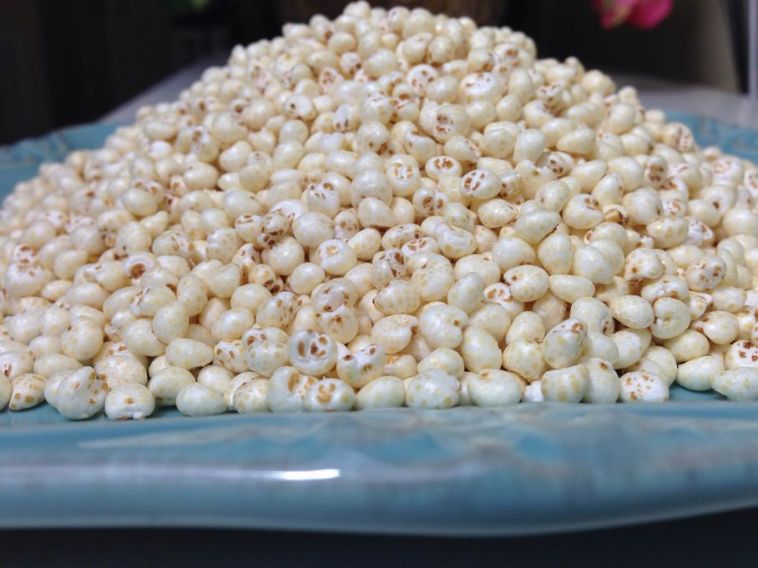With the rise of celiac disease, wheat allergies, and gluten intolerance, many people are turning to other gluten-free grains so that they can still enjoy the foods they’re used to.
Videos By Rare
The best thing about going gluten-free is that you are eliminating refined grains which are the unhealthiest type. Refined grains tend to cause inflammation in the body that can lead to all types of health issues. If you do go gluten-free, but are continuing to eat processed and refined foods, the health benefits are not as good as if you go on a wholesome, raw diet.
Here are 10 gluten-free whole grains that you can add into your diet for a healthier you:
- Brown rice and wild rice: I’m particularly a fan of using brown rice in many of my recipes including rice pudding, rice flour in my baked goods, rice milk, and more. It’s naturally gluten-free and easy to make in bulk and freeze for future meals.
- Oats: Oats in and of themselves are gluten-free, but it’s important to note that you should get oats that haven’t been processed through the same machines as wheat. This results in gluten contamination of the oats.
- Corn: Yep, corn is a whole grain! Time to fire up that grill for some good eats that include corn on the cob as a side.
- Amaranth. This amazing grain is packed with calcium, iron, and even Vitamin C! It’s also packed with protein, more so than any other whole grain.
- Buckwheat: Every time I see this grain, I’m nostalgic about my favorite character from The Little Rascals. It contains good amounts of zinc, potassium, copper, manganese, and protein that make this an excellent cereal grain to add into the diet.
- Quinoa: This grain is packed with protein, and is a staple in most vegan diets because of this. Costco members can stock up fairly inexpensively, and get a huge bag of quinoa.
- Millet: Millet is high in both antioxidants and magnesium. It makes a great porridge or polenta.
- Sorghum: Another grain that is high in antioxidants: Sorghum is an excellent substitute for wheat flours. It has a neutral but sometimes sweet flavor, and this makes it an ideal substitute.
- Teff: It’s known for being very high in calcium, and one of the few grains to contain Vitamin C. It’s usually eaten in whole form or ground into flour for breads, cakes, pancakes, etc.
- Indian Rice Grass (Montina): This one is high in protein and fiber, and it has an intense wheat-like flavor. It’s become more and more popular for this reason.
While much research is still to be done, it’s believed that many people see great results by going gluten-free because you naturally reduce the amount of refined grains that you eat. By adding more wheat-free whole grains into the diet, you’re getting excellent nutrients and less refined foods.
Are you gluten-free? What kind of benefits have you noticed from a gluten-free diet?
Disclaimer: This post is not meant as medical advice. Please consult with a physician before going on gluten-free diet.

